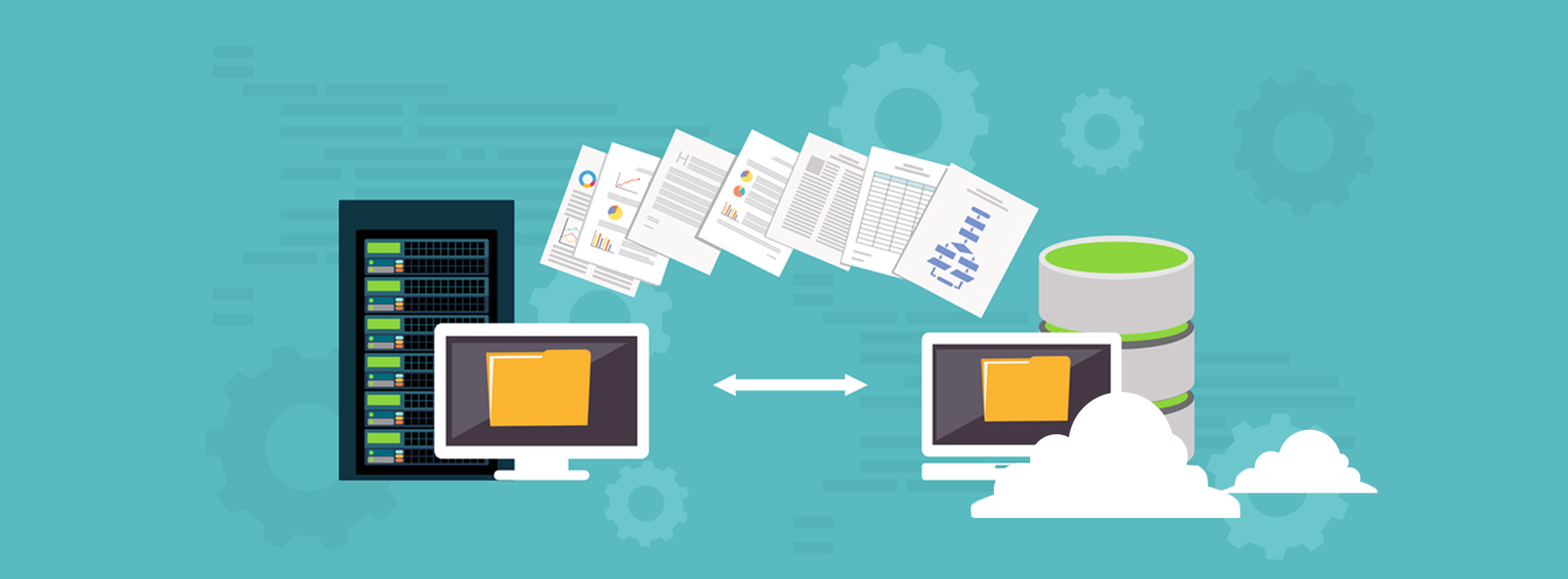
|
Getting your Trinity Audio player ready...
|
We generate tons of data every day. We send and receive this data to various people and institutions multiple times as well.
Now, when so much is happening, cloud migration makes sense. Right?
But first, here’s what cloud migration really means:
“When data related to a business, its applications, and all its components are stored on the cloud or moved from one cloud service to another on the basis of the business’s infrastructure, it is known as Cloud Migration.”
The reason most people today would opt to become a member of the cloud community is:
Have you been thinking of migrating to cloud or considering cloud migration but are not sure how? Well, read along to find out the process for successful cloud migration.
The migration process can be divided into 3 main stages. Along with that, there are multiple sub-stages, which will also be covered here.
This is where you start focusing on what you’re reading.
Ask yourself these questions to establish the reason you want to go ahead with the cloud migration.
To answer the first question, if you said yes to both the questions then you should go ahead and invest in a Private or a Public cloud.
While for the second question, if you do need a cloud that will give your business significant benefits, you should invest in a Hybrid cloud.
Sure, you need to improve the services that your IT department takes care of. While doing that, you need to remember that your staff is going to be using the IT services and if they don’t understand how they are supposed to work with it, there will be chaos.
Appropriately trained staff members would mean a knowledgeable group of personnel. Factors such as fear, uncertainty, and doubt (generally known as FUD) that may surround your team will disappear.
Nobody wants a complicated cloud migration. You already know what qualities you want in your accomplice, still, here’s a list:
Sounds easy, right? Well, it could be with proper management.
In your mind, you might have certain objectives that you have defined for your business. These goals need to be put on paper, discussed with your team, and allocated to the employees at an early stage to avoid confusion.
Determining the number of cloud instances you want to incorporate in your business, who will have access to which system, and the amount of access for each of the employees, will go a long way in making the cloud migration successful.
You would have to remember the below 5 Steps during the migration stage:
Complications may arise when you start transferring the data from On premise set-up to Cloud.
But you don’t have to be worried. Today, there are various tools that are available in the market to make your move easy. With just a little research you can find these tools or for a simpler solution, you can contact your cloud migration service provider.
There are multiple factors that will determine the type of storage your business needs. You can decide on a suitable option by assessing the following:
While you’re going through the transfer you don’t want your business to be disrupted, correct? For that, there are two options that have been made available, namely:
The following methods can be used to transfer your applications to cloud-
To improve the efficiency with which you use the cloud, you will have to stay in the loop of understanding, overseeing, analyzing, and observing. An optimized cloud system will reduce management costs.
With the large amounts of investments you have made for the cloud migration, you want to be taking full advantage of it. Try exploring additional benefits that the cloud has to offer.
There are various tools that are available to help you in the future and provide continuous guidance on how to efficiently use the cloud. You can pick the tool and the package that best suits your business needs. To make things a tad bit easier, here are some of the best monitoring tools available today:
That’s it. As long as you follow these steps, your cloud migration can be carried forward smoothly. Form strategies and plans before moving forward, otherwise things could go wrong and you could be left with a partially working cloud.
The process of could migration is long and tedious. You can talk to our experts at GBB and let us help your business.
GBB is an end-to-end IT Infrastructure Solutions and Services Company that focuses on helping customers transform their businesses through innovative use of technology. By partnering with the best vendors in the respective practice/area of our focus, we ensure that our clients get the best service. We take great pride in saying that GBB has various technology partnerships with AWS, Azure & Netmagic.
Want to know how our solutions can help your business?